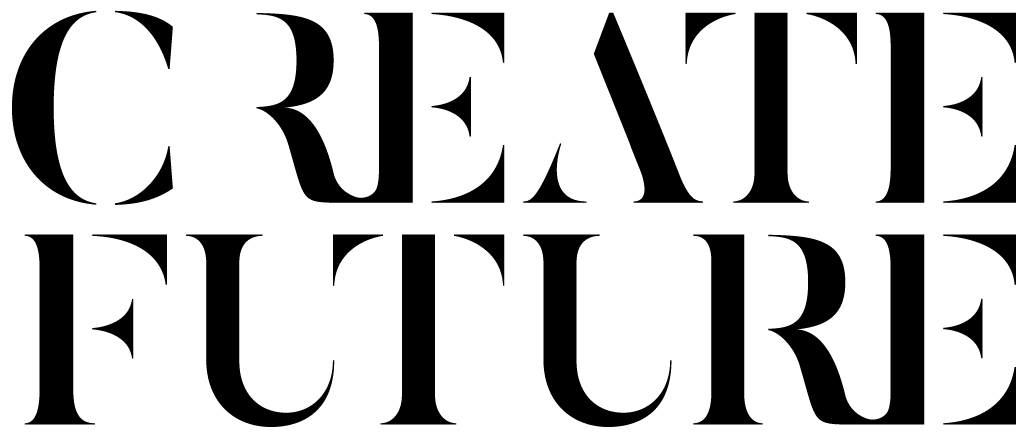How to write a robust design brief
Irene Au, Stanford lecturer and former leader of Google’s user experience teams, said: “Good design is like a refrigerator—when it works, no one notices, but when it doesn’t, it sure stinks.”
I believe the same can be said of a design brief. A badly formulated or communicated brief can leave teams (on both sides) pulling their hair out, spending time exploring irrelevant avenues, and even losing interest in a project before it’s begun.
A good brief, however, helps clearly define the challenge, empower and excite the project team and set a strong direction of travel from the outset. But, getting to a great brief isn’t always easy, and like most things that are difficult, that means it often gets overlooked.
In my time as a strategist here at CreateFuture, I have made it my mission to find different ways to work alongside our client partners to help them strengthen their briefs. What I’ve come to realise is that the magic one size fits all briefing process doesn’t exist (gasp!)
But with the right tools in your toolkit, you can make the briefing process, and the project itself as fun, productive and cost-effective as possible, for your own team and your agency partner.
Here are some top tips, tools and templates I’ve learned along the way.
Ask Better Questions
I know this sounds simple, but you’d be surprised how much stronger you can make a brief, just by taking the time to question it thoroughly. Be critical! Think about what you’re asking of your partner and your own team, and how you're asking it.
“Wise people don’t give the right answers, they pose the right questions.”
Levi Strauss (the French anthropologist, not the German jeans guy)
In our workshops, we talk about questioning like a toddler and that’s a great way in - no repercussions, and no such thing as a silly question.
Sakichi Toyoda’s “5 Whys” is an excellent place to start if you need some inspiration, or you could try approaching the brief like a police detective interrogating a statement: circle keywords and words you don't understand, or that look out of place - and question them until you’re satisfied with the context.
Run a brief building workshop
A workshop can be an easy way to design a really strong project brief that everyone contributes to and buys into. A focussed, collaborative session with key stakeholders can save you days of back and forth, allowing you to explore grey areas and align on the nuances early. You’ll save time, money and brainpower all around.
Discuss both the business and customer problems to solve, map out the goals and blockers for the project, enquire about any key insight that might already exist, and imagine what a successful future would look like to help set realistic expectations for outputs, timelines and key performance indicators.
Use a template that works
Finding the right briefing template can make your life a lot easier. It will focus your thinking, keep your challenge concise and single-minded, and most of all, make it easy to communicate the key points to your team and agency partner.
If you’re trying to fit your brief into a template just because it has your company logo at the top, you’re doing it wrong! Whether your brief is about strategy, proposition, or design, there are plenty of great templates out there you can use or adapt.
Personally, I’m a fan of BBDO’s “Get, Who, To, By” and Mark Pollard’s “Four Points”. Take a look.
Re-Think, Re-Write, Re-Share
Don’t be afraid to hit the pause button and allow yourself time to step away from your first draft. Once you feel like it’s in a good place, sleep on it and come back to it with fresh eyes to question your work and improve it.
Re-Think. Does it cover the key points? Is it single-minded enough? Does it set you up to answer both the business and customer challenges?
Re-Write. Is it clear and easy to understand? Would your granny get it? If not, think about how you could be clearer or more concise without losing key information.
Re-Share. You’re not doing this alone and you need your team to buy-in. Circulate the brief with internal stakeholders and colleagues. Who knows the problem you’re trying to solve? Does the brief resonate with them? Do they think it’s the right challenge? Do they have anything to add? For those who are new to the challenge, do they understand it easily? Is it getting their brains moving?
In closing, it’s always worth remembering that your creative brief is the beginning of something, not the end. It should set the project for success, but you shouldn’t hesitate to adapt it and edit it if new and compelling information comes along. Design thinking can help you embrace an iterative process and move quicker through ideation, design, testing and delivery.
If you’ve got any tips on the creative briefing process, or have a great template at hand, share them with us on social media. Or, if you want to discuss a business problem you’re facing at the moment that you’re struggling to make sense of, connect with me on Linkedin and let’s chat.
Don't miss a thing!
Sign up for hot off the press news, insights, and event invitations.
